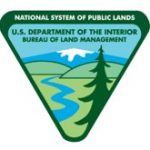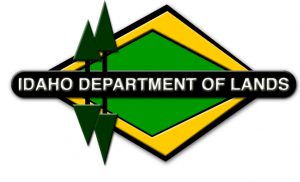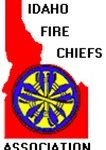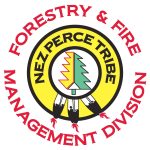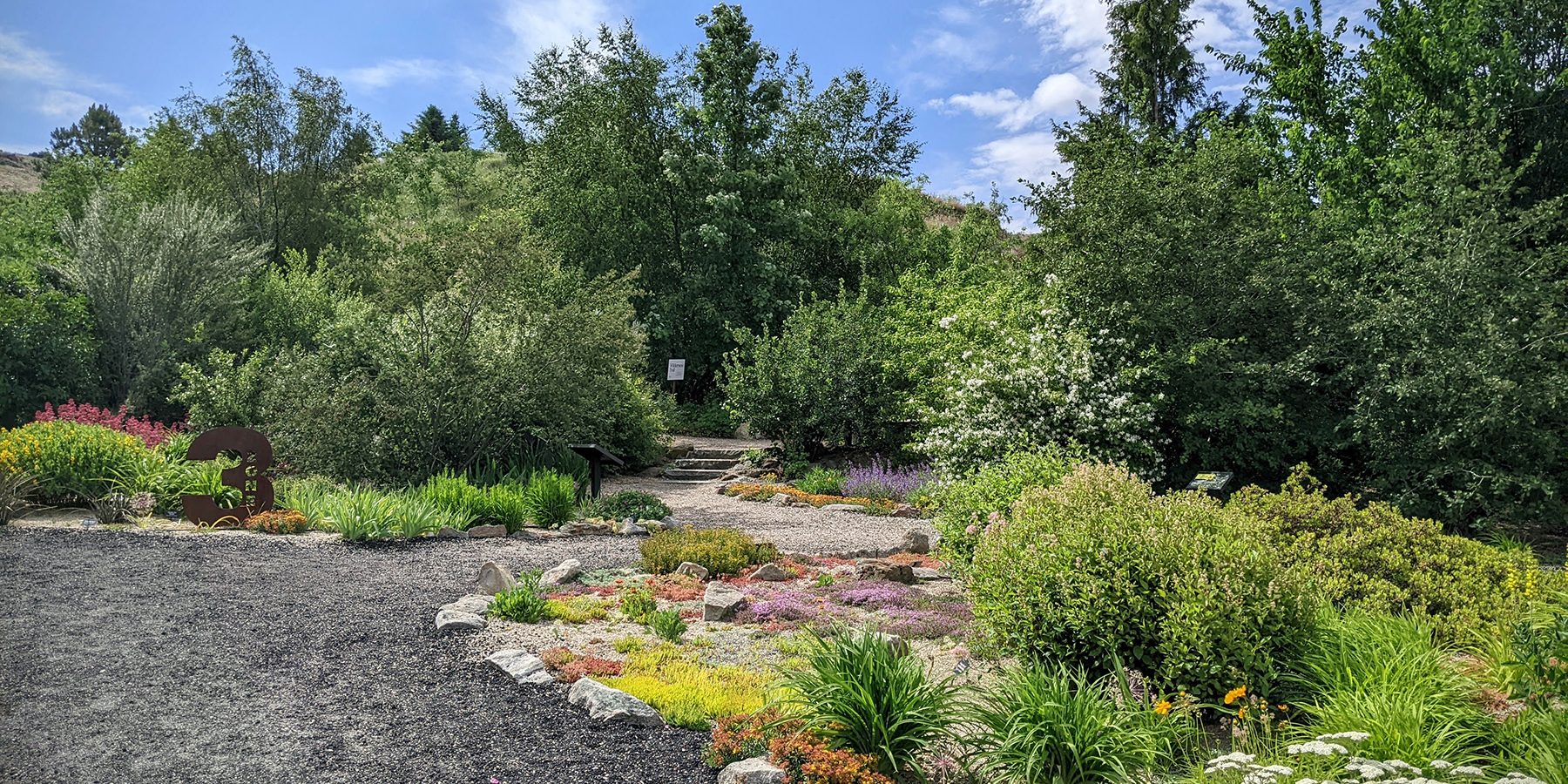
Fire Resistant Landscapes
Landscape Design Principles
Principles & Practices
WUI Culture
A fire resistant landscape is a well-designed landscape that not only protects your home, but also provides wildlife habitat and is lovely to look at and live in. Most outdoor living is done in the first 30-feet adjacent to structures. Flaming brands and embers can easily lodge in cracks and crevices and are a common source of structure ignition.
Hardscaping is the non-living aspects of your landscape, such as mulch, walls and sidewalks. The principles of fire resistant landscaping focus on how landscape components work together to protect structures.
Your lawn furniture is fuel.
Flammable outdoor items, such as wicker or wooden patio furniture, cushions, doormats, window boxes and planters, garbage cans without lids and BBQ propane tanks are all places where embers can land and start a fire. Designate an enclosed storage area to store these items when a wildfire threatens. Park boats, campers, and recreational vehicles in enclosed areas, or securely cover and move them away from structures.
Use hardscapes to break up continuous fuels.
Non-flammable hardscapes, such as rock walls, dry river beds, sidewalks, and driveways function as firebreaks by breaking up areas of fuel. Rock can provide a natural looking, low-maintenance and water-efficient mulch as well as be a fire-resistant buffer zone.
A watered, maintained lawn is a firewise lawn.
Fire can move extremely fast through tall, dry grass and dead vegetation. Islands of vegetation surrounded by an appropriately watered lawn are a good design choice. Maintain landscapes with regular irrigation, mowing, pruning, raking, weeding and dead plant removal.
Group fire resistant plant materials in islands.
How plant materials are arranged is just as important as species. Plants grouped in islands surrounded by non-flammable materials, such as rock mulch, rock boulders, or a rock wall are great examples of how landscape elements can work together to create breaks between fuels.
Choose mulch wisely.
Mulch is a great way to control weeds and retain soil moisture, but flammable materials such as bark represent a huge fire risk. Rock can provide a natural-looking, low-maintenance, water-efficient mulch, as well as a fire-resistant buffer zone.
Move firewood well away from homes or other structures.
Piles of firewood can generate intense heat and long flame lengths when ignited, easily spreading fire to adjacent vegetation and nearby structures. During the fire season, store firewood at least 30-feet from structures and fuel tanks. Locate propane tanks on a nonflammable surface at least 30-feet away from structures as well, and enclose them with nonflammable fencing.
Provide adequate spacing between trees and shrubs.
Limb trees 6- to 10-feet from the ground. If the tree is still quite young, only limb up by 1/3 of the height. Create space between trees and shrubs. Remove tree limbs closer than 10-feet from chimneys and power lines and any touching the house or other structures.
Remove ladder fuels.
The term "ladder fuels" describes a plant structure that allows fire to climb from ground fuels to the canopies of large trees via a ladder-like configuration of flammable vegetation. By pruning limbs up and off the ground and removing shrubs under trees, you prevent ground fires from becoming dangerous, fast-moving crown fires.
Protect your outdoor recreational vehicles and equipment too.
Vehicles and recreational equipment are often a source of ignition. The open bed of a pickup truck, uncovered boats and open windows on campers are perfect catchments for flaming brands and embers. Store recreational equipment in enclosed areas or, cover them securely to prevent ignition from flying brands and embers. Keep livestock trailers accessible and easily readied to transport animals in the event of an evacuation.

Contact Us
Mike Ward, Executive Director
director@idahofirewise.org
PO Box 220
Kooskia, ID 83539
EIN 27-2535008





